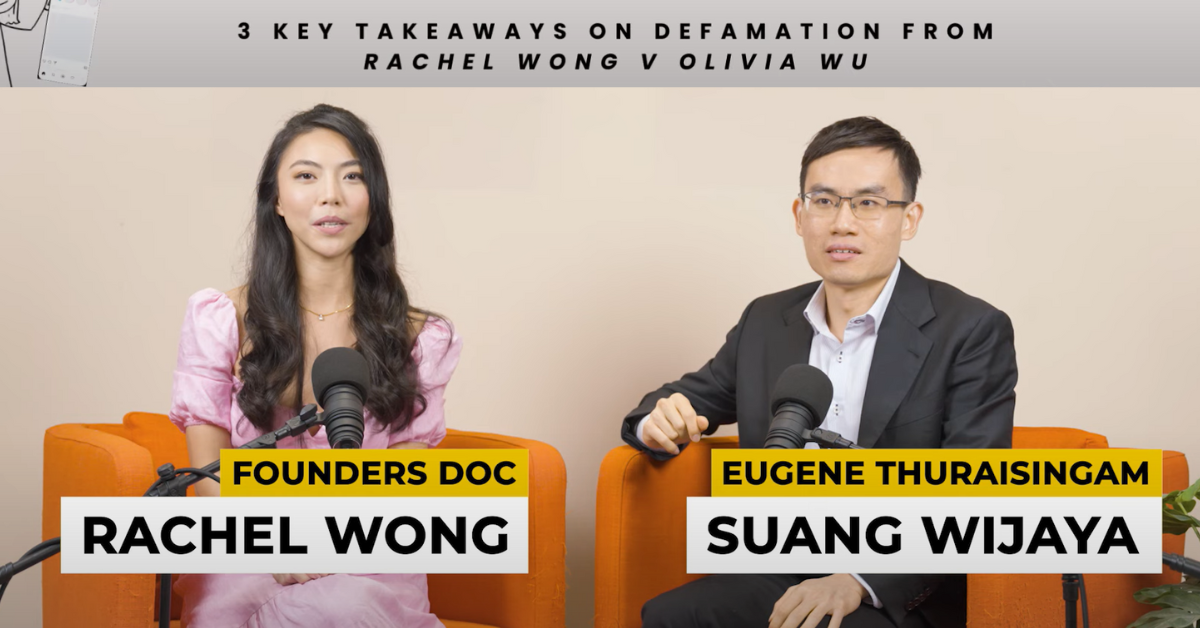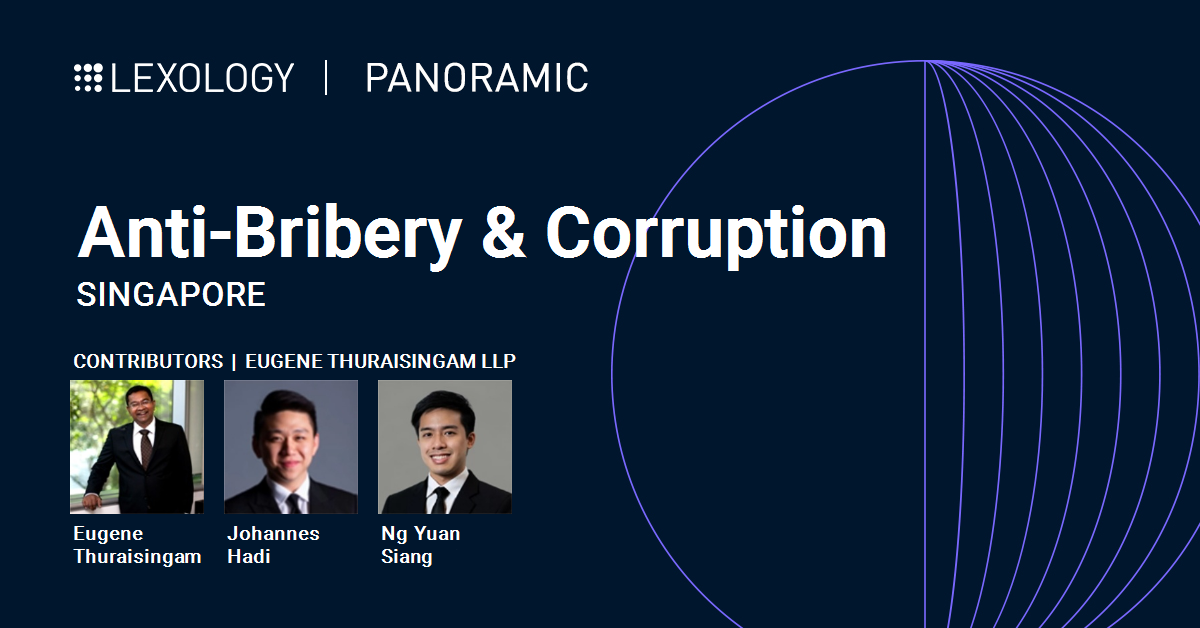Overview on Dispute Resolution in Singapore
Singapore’s Disputes Landscape
1. Featured in Singapore’s Disputes for ALB October Issue 2020 e-magazine
Our partners, Suang Wijaya and Chooi Jing Yen have recently been featured in the Asian Legal Business e-magazine on how Singapore is continuing its push to become a global arbitration hub.
2. Singapore’s Reputation as an Arbitration Hub
Commenting on the response of the recent enacted of the Singapore Convention on Mediation into Singapore Law and the impact that this is likely to have on Singapore’s legal landscape, the partners told ALB:
There is also high awareness and support for the Convention in the legal and business community. In one or two years, we anticipate the Supreme Court will release data on the number of international settlement agreements that have been recorded as orders of the Singapore High Court, in the spirit of the Convention.
We anticipate an increase in international commercial parties entering into settlement agreements governed by Singapore law, with exclusive jurisdiction clauses in favour of the Singapore courts. There is strong legislative and judicial support in Singapore towards enforcing international settlement agreements. Singapore courts also have a strong reputation as a neutral and impartial international dispute resolution forum, whose money judgments are readily enforceable around the world.
Giving their views on the dispute trends that are emerging as part of the COVID-19 impact, the partners said:
There will likely be a significant increase in parties resolving their commercial disputes amicably through mediation and settlement agreements. Remote or partly remote hearings in both litigation and arbitration have and will likely continue to be the norm moving forward.
The partners also provided their views on hearing conducted online:
There is a lot of support for mediation efforts to continue or even be stepped up especially in light of the Covid situation as this would reduce the caseload of the Courts. Virtual mediation has been adopted by all the key mediation providers. One benefit of this is that there is now greater flexibility not just in terms of the timing for the mediation to be conducted, but also in terms of location of the parties (being able to participate from whichever country they are in) which is especially important for cross-border disputes.
It remains to be seen whether the success rate (measured by whether a settlement is achieved) of a virtual mediation can match that of a physical mediation. Anecdotally, we have seen a lower success rate, possibly in part due to the fact that parties might not feel such a strong impetus to compromise when they are mediating from comfort.
As Singapore continues to strengthen its well-earned reputation as an arbitration hub, the partners’ perspectives are that more industry support is essential for building deeper connections with the legal and business communities in South East Asia and the broader Asia-Pacific region.
Gauging the market conditions of the coming few months for Singapore as a disputes hub, the partners told ALB:
Debt recovery cases are likely to rise. In any economic downturn, the market also expects insolvency cases to rise. However, the Singapore government has largely mitigated this by introducing legislative protections for businesses and individuals whose insolvency is due to the Covid situation, including effectively implementing a moratorium on applications for bankruptcy and winding up.
3. Jing Yen’s Article on Singapore’s Disputes
In an article first published in Asian Legal Business e-magazine October Issue 2020, Jing Yen gave his insights on Singapore’s disputes landscape.
Virtual hearings were not unheard of pre-2020. The family courts for years experimented with allowing counsel to appear virtually for pre-trial conferences subject to certain conditions being satisfied. Likewise the State Courts, although the response was lukewarm. Teething issues with technology for the conduct of virtual hearings were never really properly ironed out; or perhaps the inertia was because the lawyers preferred the camaraderie of bantering in person.
The Supreme Court has never had an established practice of allowing counsel to appear virtually. Physical hearings were the norm. Applications for witnesses outside Singapore to give evidence at trial by video-link had to fall within set parameters, and would be scrutinised by both opposing counsel and the Court. By and large the preference of the Courts was, and probably still is, for witnesses to be physically present to allay fears of witness-coaching and so that judges can observe witness demeanour.
Covid-19 changed some, but not all of this. Now, almost all hearings which involve only counsel (and no witnesses) are conducted virtually. These include pre-trial conferences and proceedings in chambers, whether contested or otherwise. A side effect of this has been a massive reduction in paper usage, since most judicial officers have also stopped accepting hard copy bundles from counsel. This has not made hearings less effective, though, as the screen sharing function on Zoom brings all parties onto literally the same page when necessary and expedient.
Trials, and in particular criminal trials, remain the exception to the new normal. These are still conducted physically. A key change perhaps is that the bar for applications for a witness to give evidence by video-link has been somewhat lowered (in a loose practical sense of the word), especially where that witness can provide a cogent reason for why he or she is unable to travel physically.
The Court of Appeal has also embraced virtual hearings. For some, being questioned from the comfort of one’s own office can never equal the intensity of riposting with the eminent Justices of Appeal in the grandeur of the Court of Appeal. For others, it is a welcome relief.
It took a pandemic to move the courtroom online. This is a strong tell-tale that is was inertia, and not technological deficiencies, that was holding us back. The question, then, is where next will technology take us, if we let it?






